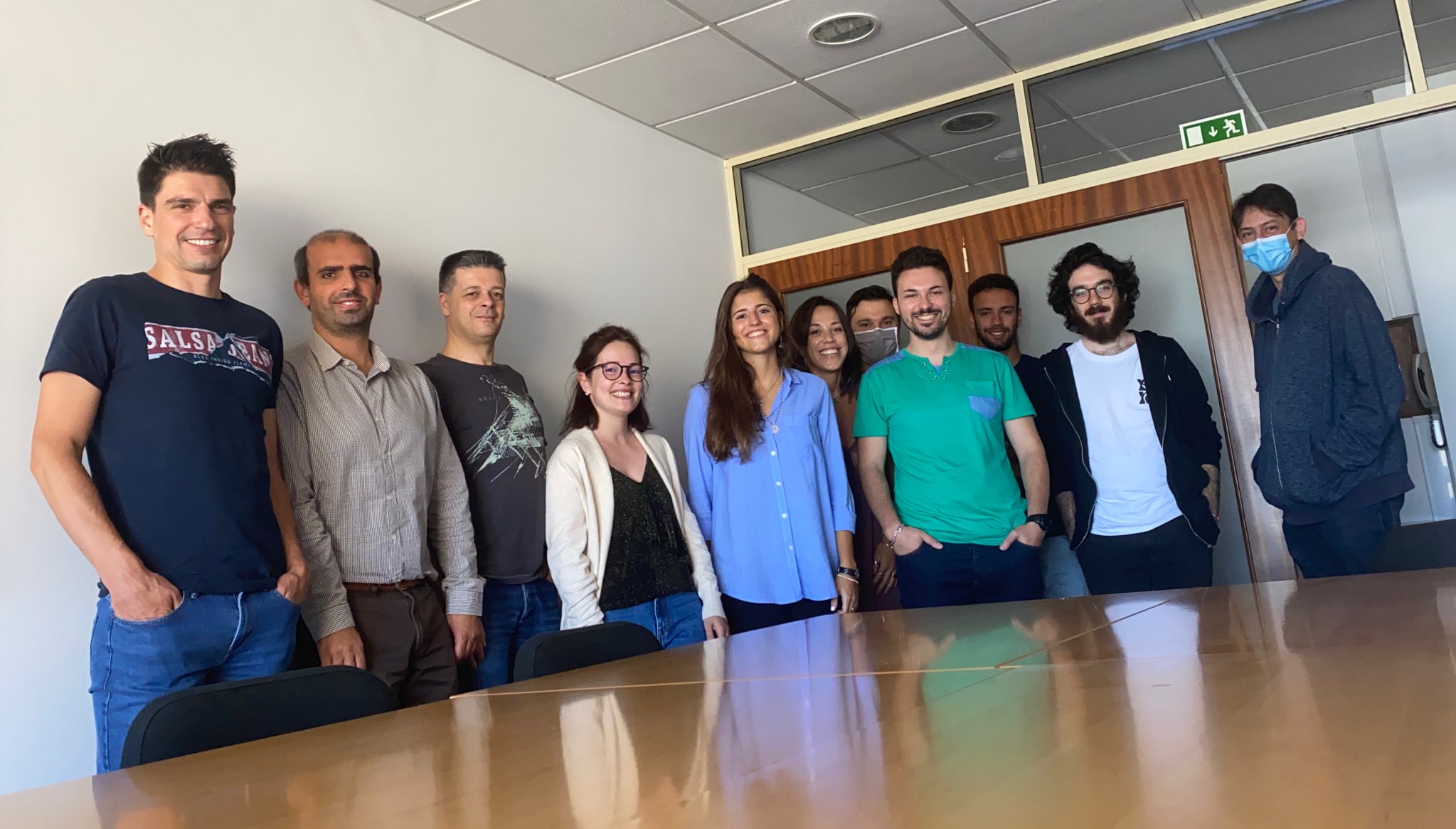Inova aims to solve issues of provenance, transparency, traceability and trust present in both agri-food and in logistics. IoT platforms for digitalization of agriculture production are readily available, as is transport data (routes and temperatures) related to food goods stored by logistic companies. The PlugThings platform will assist in the data integration and provide an added-value with printable reports of food traceability; from production to end-consumer delivery.
As part of their journey on BlockStart’s Acceleration Programme, as a DLT/blockchain startup provider, they were looking for new opportunities for collaboration with end-user SMEs that could validate and help them improve their “PlugThings” blockchain solution.
We spoke with Co-founder and head of office Vitor Vieira to know more about Inova DE and their participation in BlockStart.
In one paragraph, what is Inova DE?
We are an engineering company with focus on innovation. We tackle all sorts of challenges from Healthcare to Agrofood and Industry 4.0.
Can you tell us how the idea for your startup began?
The idea of Inova DE began with the clear identification of innovative solutions to tackle every-day-problems. Initially in Healthcare, and then across a multitude of industries. The PlugThings framework was developed in that context. It was created to address IoT challenges in the factory floor, to produce an intelligible dashboard and work reports. It soon evolved to many other fields and applications, creating more verticals from it’s core.
What is Inova DE passionate about achieving?
Impact. We want to create solutions that will produce a positive impact in the world around us. Better products, sustainable and ecological, and always producing value for our users. Whether it is in Healthcare or Agrofood, these values are constant.
Who are the team members and what backgrounds do you have?
We have a multidisciplinary team. From IT developers of desktop and webapps to business and consulting experts. We have in terms of academic background we are mostly Informatic and electronic engineers, some with PhDs behind them.
Can you tell us about the prototype you have developed with the support of BlockStart Acceleration Programme?
The prototype that we developed integrated the Etherium blockchain toolkit with our plugthings framework. It allows the user to select the sensor data that is necessary for a specific lot and “sell” it to the buyer of the product. This way, the buyer can generate their traceability reports and know what happened to that product.
What were you most excited about in taking part of BlockStart Acceleration Programme?
The exchange between experts and getting more feedback from potential adopters. It validates our approach and allows us to correct for issues that we didn’t recognize ourselves.
Which were the major challenges you have faced during the development and market/fit validation of your prototype?
Usability. Understanding how the user will indeed apply the solution to their daily activity, how to make the technical part so easy to administer that there is no resistance.
What unique aspects does your company and the prototype you have developed have to offer to the market sectors/type of companies you wish to enter/sell and to the blockchain ecosystem in Europe, as a whole?
We have a solution to facilitate your compliance with food related certification needs. HACCP as well as trading across borders, we can create for you reports that will ensure that the product is in good condition for transport and sale. It reduces the amount of rejections at the border or at the client, due to non-compliance, and creates a trust-bond between suppliers and consumers in the value chain. Basically your product is now worth more, because you can show with a simple transparency act that it is really good.
Is collaboration with SME adopters important for piloting your solution?
Yes. They are our users / customers, and without them the solution is pointless. We need their interest, engagement and commitment to make this work. Only then will the developed solution provide the expected value to the user.
Where do you see your company in 5 years?
Selling this software across many verticals, and becoming a reference point for future developments in value-chain management.
